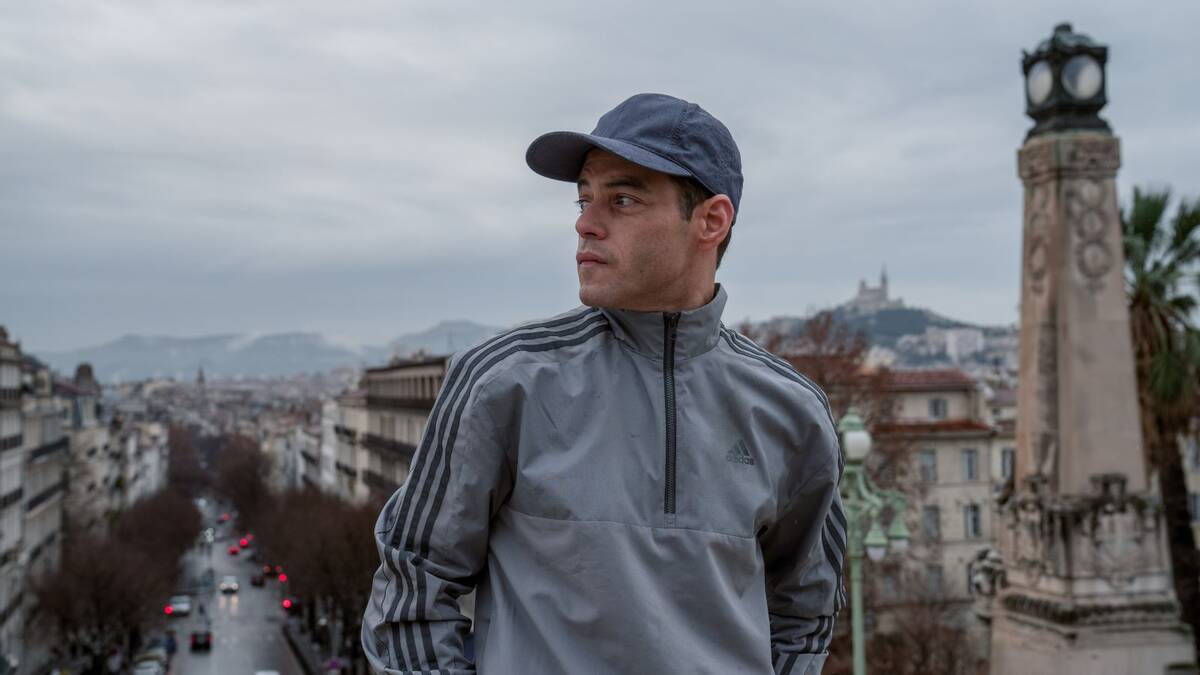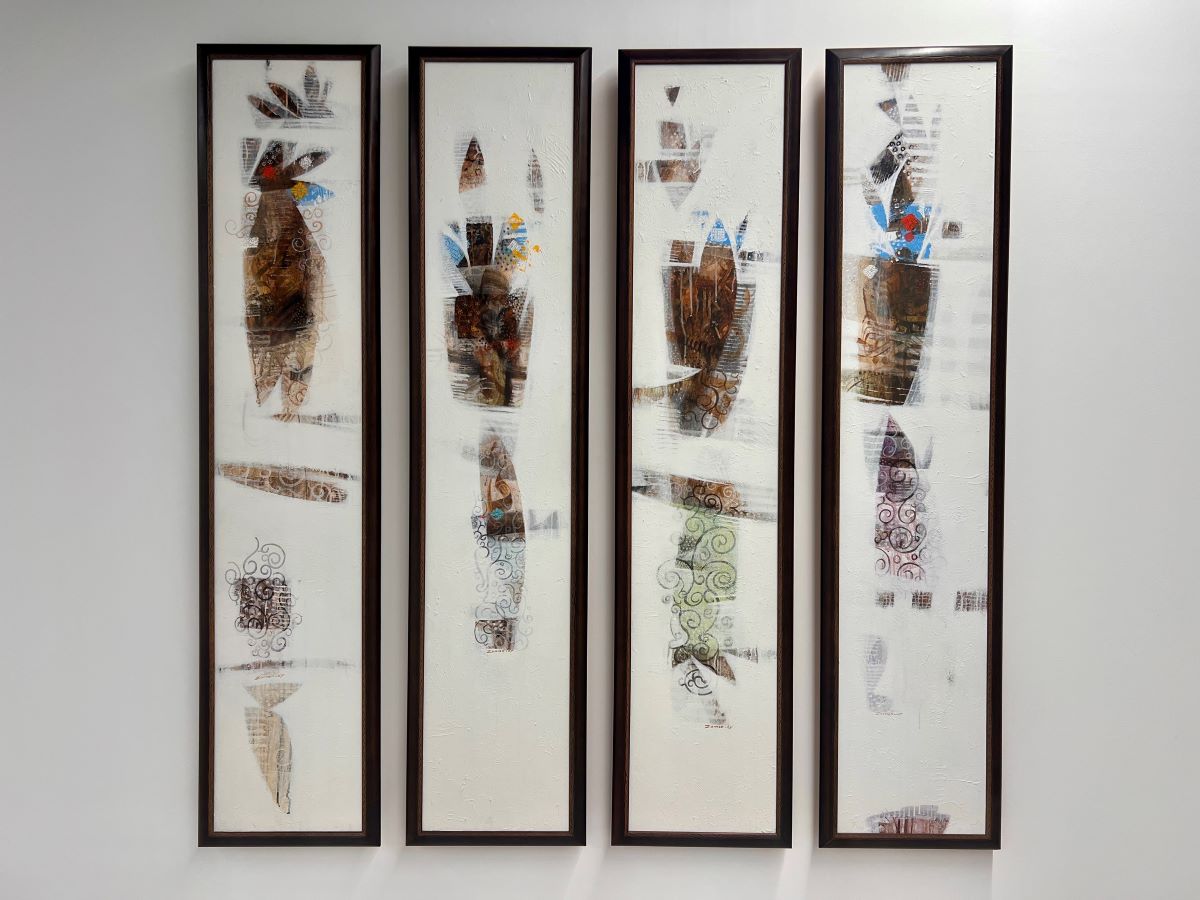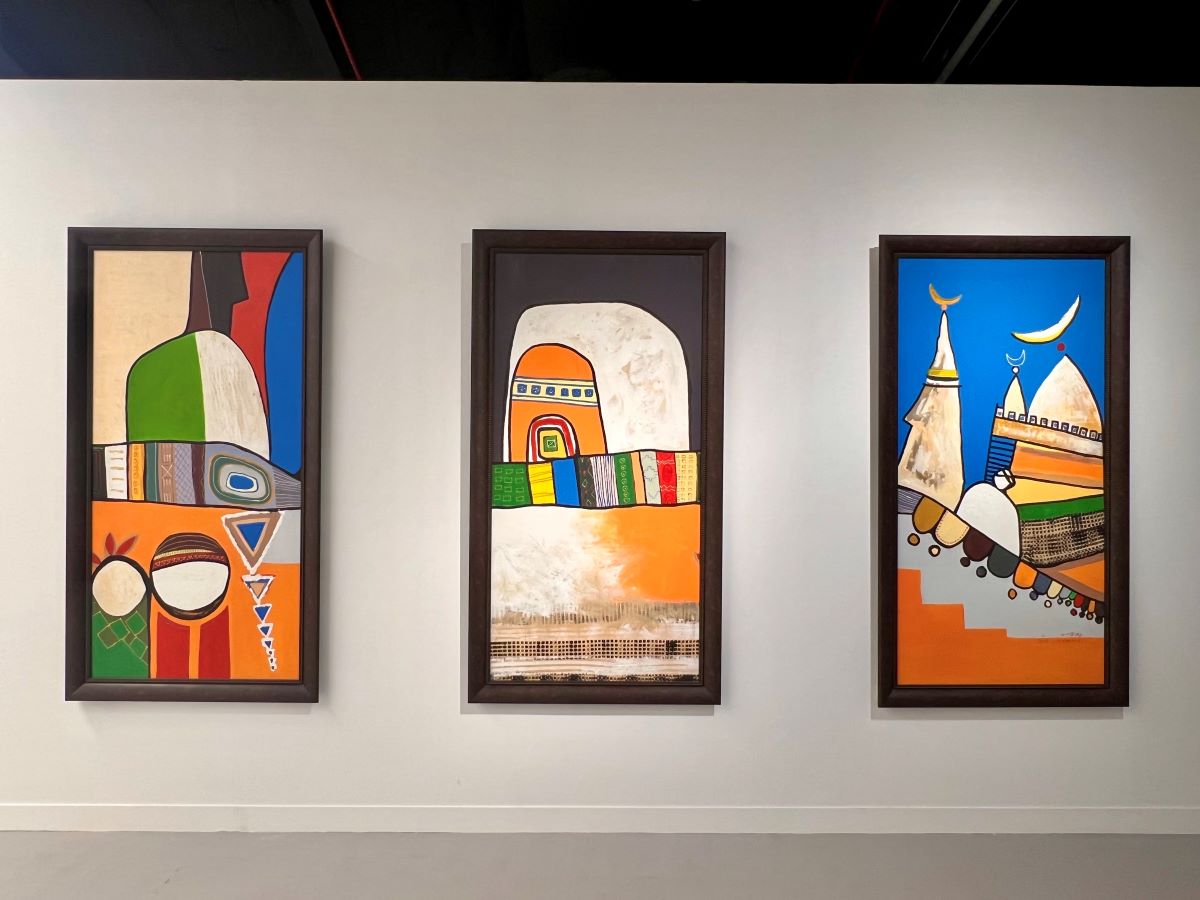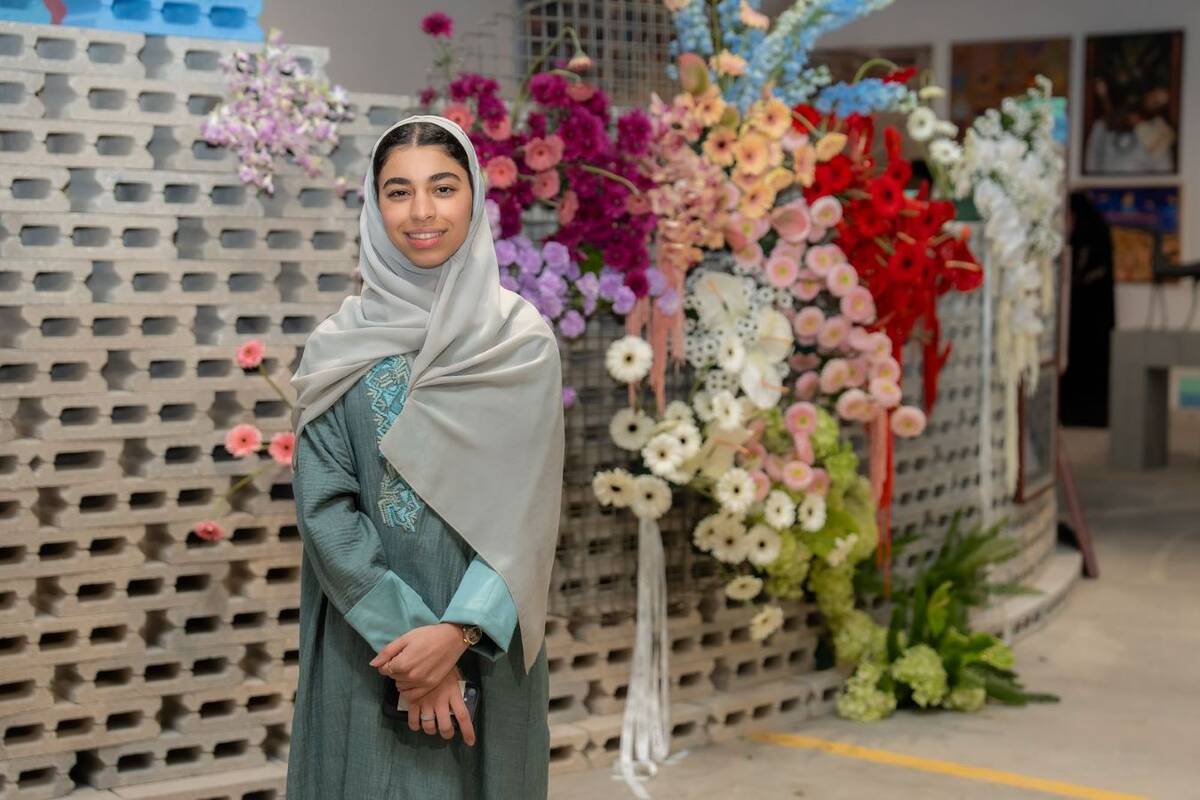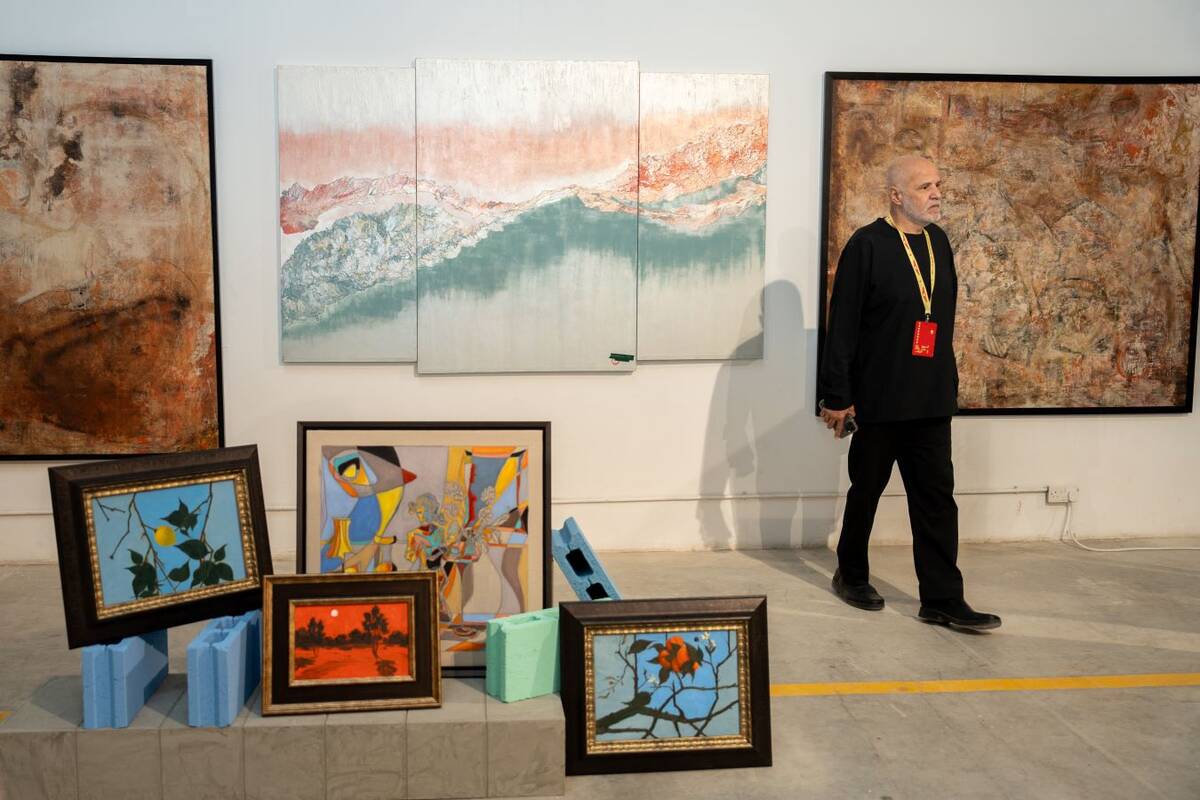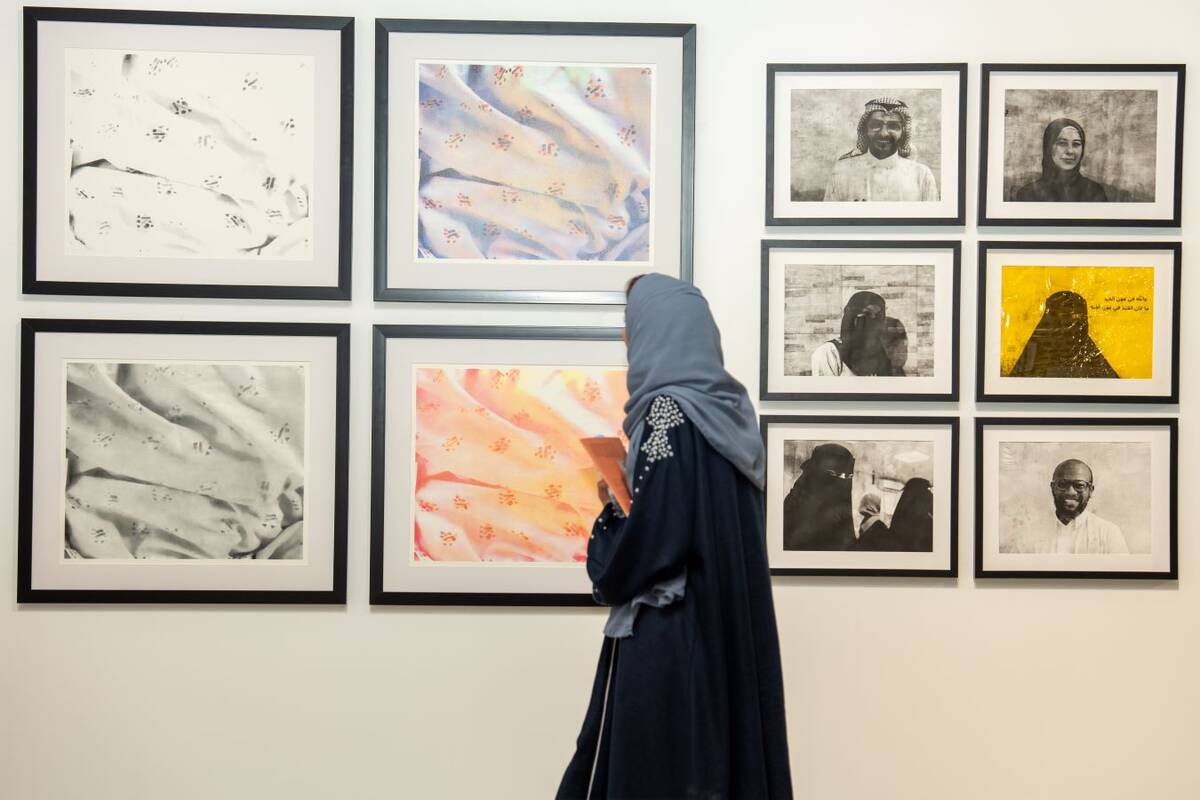PARIS: The Institut du Monde Arabe in Paris has announced the launch of its Arab Fashion Award — the AFA-IMA — to promote and celebrate the rising stars of the Arab world’s fashion scene.
Since its opening in 1980, the IMA has supported Arab creativity in all its forms, including fashion. It has hosted numerous shows and exhibitions highlighting the role fashion plays at the intersection of cultures.
Philippe Castro, chief of staff of the presidency of the IMA, and the man behind the new initiative tells Arab News that “the moment seems ripe” for the launch of the award.

Philippe Castro with Monique Lang, wife of Jack Lang, at an art fair in Paris in 2015. (Getty Images)
“We’re seeing Fashion Weeks popping up in Riyadh, Dubai, Beirut and Marrakesh. We’re seeing enormous creativity in fashion design in the (Arab) region as a whole and there is a growing appetite for these designers. They deserve our attention,” Castro says. “Christian Dior once said, ‘The air of Paris is the very air of haute couture.’ The same can be said today of the air of Riyadh, Beirut, Egypt, Morrocco and Tunisia. All these places have a long tradition of couture. Take Tunisia, for instance; it’s no coincidence that master couturier Azzedine Alaïa came from Tunisia.”
If Paris is the world capital of fashion, that is thanks in no small measure to Castro’s longtime colleague Jack Lang, president of the IMA. As Minister of Culture, it was Lang who saw the potential for fashion to become a booming industry for France. In 1982, he succeeded — in the face of a lot of pearl-clutching — in making the Cour Carrée of the Louvre and the Tuileries Gardens the principle venues of Paris’ runway shows, moving fashion front and center in public consiousness. The number of fashion shows in Paris doubled between 1980 and 1990, after which fashion was definitively established as a sector that means serious business.
“Jack Lang made fashion fashionable.” Castro says. “We’re very lucky to have him as our president. He gave an unprecedented impetus to young fashion designers in the 1980s. Having worked alongside him for many years, as a big advocate of fashion, this award seems natural and inevitable.”

Jack Lang (fifth from right) with several fashion designers including Yves Saint Laurent (center) in Paris in March 1984. (Lm-Pelletier/Archives nationales de Pierrefitte sur Seine)
Castro is a regular visitor to Saudi Arabia, where, he says, he has witnessed “an incredible evolution in fashion” over the past decade, especially in Riyadh and Jeddah.
“There is a tangible effervescence and dynamism visible with people on the streets. On my most recent visit to Riyadh, I visited concept stores selling abayas. I find the reinterpretation of the abaya and the thaub brilliantly creative,” he says. “The designers have limitless imagination; they know how to explore their own culture creatively. I was also fascinated to see superb Saudi-designed streetwear for the first time. I fell for a towelling beach robe with pockets and a hood inspired by traditional Saudi robes — pure creative genius!”
Navigating the international fashion world is a complex challenge for young international designers. Creative talent is not enough, they need experienced professional mentoring. So the IMA is partnering with the world-renowned Institut Français de la Mode (the French Fashion Institute) to help the award winners develop their professional skills in cutting, patternmaking and marketing as part of the prize.

Designer Burc Akyol walks the runway after his womenswear show at Paris Fashion Week at Institut du Monde Arabe on March 11, 2025. (Getty Images)
This first edition of the AFA-IMA is deliberately fluid. Jewellery and accessory designs are also eligible for entry. The award has two categories; Emerging Talent and Innovative Talent, with an option for the jury to grant a third award to an established Arab designer. Other categories may be added as momentum grows.
“It will evolve according to the type of entries we receive and be adapted accordingly,” says Castro. “This is an haute-couture — not ready-to-wear — process.”
The award is open to designers who are nationals of Arab League countries or part of their diasporas. The jury consists of key figures from fashion, art and culture including Pascal Morand, executive president of the Fédération de la Haute Couture et de la Mode; Pascale Mussard, the founder of Hermès’ upcycled luxury brand Petit h; Lebanese fashion designers Rabih Kayrouz and Milia Maroun; Elsa Janssen, director of the Yves Saint Laurent Museum in Paris; and Manuel Arnaut, editor of Vogue Arabia.
“We composed our jury of people at the pinnacle of their profession. We always aim for excellence,” says Castro. “The members will follow the prize-winners’ progress closely. This is not a one-off. It’s a long-term initiative to showcase the region’s enormous creativity.
“We composed the jury of good friends of the IMA — a friendly needle and thread which will make dazzling embroidery. It’s a project that comes from the heart, because fashion is all about emotion. If there is no heart, there is no point,” he continues. “We are living in an era of severity, if we can diffuse some beauty into the world, so much the better for us all.”






